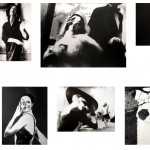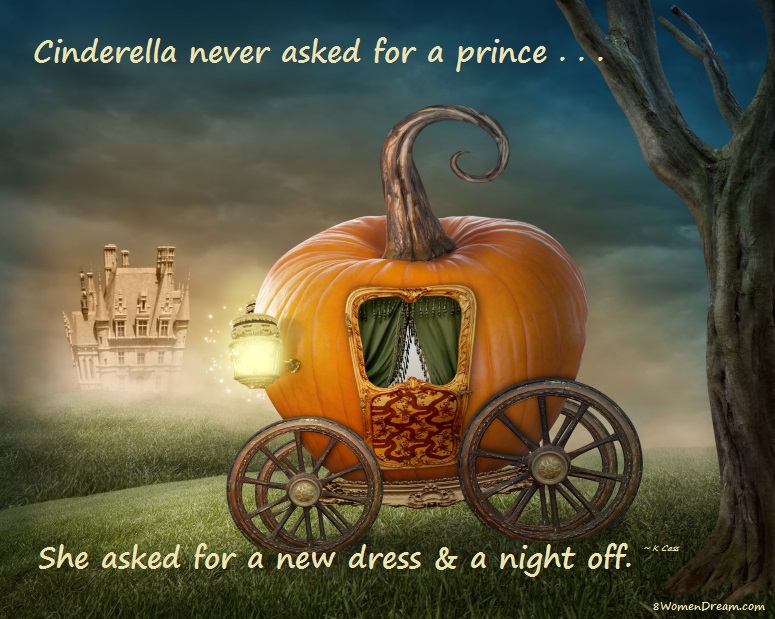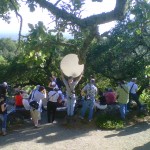Last updated on October 10th, 2023 at 11:00 am
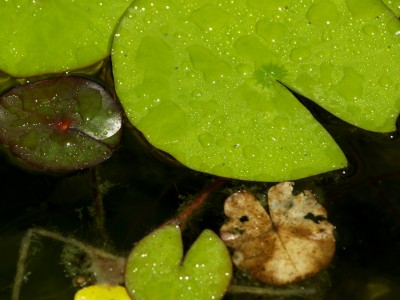 I am contemplating where I should go on my photography dream vacation by myself. To date, Alaska and Santa Fe seem to be the front runners. The main reason I like to travel alone on photography vacations is simple–I am on my own time.
I am contemplating where I should go on my photography dream vacation by myself. To date, Alaska and Santa Fe seem to be the front runners. The main reason I like to travel alone on photography vacations is simple–I am on my own time.
Photographers like to wander. We hate to rush. We wait for things like the “right sunlight.” We may return to a specific vantage point three or four times at a certain time of day to get ‘the shot.’
This type of vacation approach tends to be boring and downright frustrating for companions who may not understand why we want to do all of that.
In preparation for my dream vacation, I’ve started reading a series of articles from www.picturecorrect.com. The most recent article, The Art of Seeing: An Exercise in Photo Composition by Freelance and Stock Photographer Paul Faust, caught my attention.
He highlights the two basic components of photography—how something is composed within the frame and how exposure settings enhance the image itself.
The composition of an image is the easiest of the two for me. It’s about having a good eye and knowing what will visually make a good photograph. I can’t remember ever having to learn that. It was something I just knew how to do.
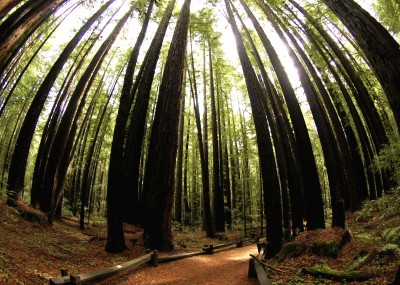
Image exposure for me, however, has not come so easily!
Successful exposure detail in my photography images has always been about luck, fiddling with settings until I see a result I ultimately settle for, or letting the camera automatically tell me what settings to default to–what Faust calls the P.H.D. Feature (Push Here Dummy!)
My growth towards becoming a top photographer means putting myself in situations that force me to learn how to adjust for exposure, understand my cameras’ settings, and wait and take images on purpose, not just continue my random acts of spinning the exposure wheel approach.
Faust talks about an exercise he learned years ago on how he strengthened his image composition and exposure skills. He writes,
You take one camera body, one lens, one memory card and you pick one subject to shoot. That’s it! Then go out and take your time capturing images. You are intentional about each shot you take, making notes about the (exposure) settings you used, and why.
Also, be conscious of your point of view (composition). Could you move a few steps to the right or left? How about laying down or climbing up a ladder? Be aware of the entire frame, not just the main subject matter. Watch for “distracting items” in your backgrounds and foregrounds, and be selective about the images you keep at the end of the day.
He doesn’t state a rule about what lens to take, but he does note that the bigger growth opportunity will come from using one of your wider angle ones because you will have to work to get things right with the larger field of view.
This challenge takes a lot of patience and can feel frustrating at times, trust me, but I’m up for it.
—–
Remy Gervais
Remy Gervais is an EMyth Coach Trainer and Development Manager who spends her free time living her photography dream in the San Francisco Bay area.
 |  |  |

Enjoy this special 8WomenDream Guest Contributor story submitted by new and experienced big dreamers throughout the world, edited and published to capture a dream perspective from different points of view. Do you have a personal dream story to share with 8WomenDream readers? Click here to learn how to submit dream big articles for consideration.
Note: Articles by Guest Post Contributors may contain affiliate links and may be compensated if you make a purchase after clicking on an affiliate link.
